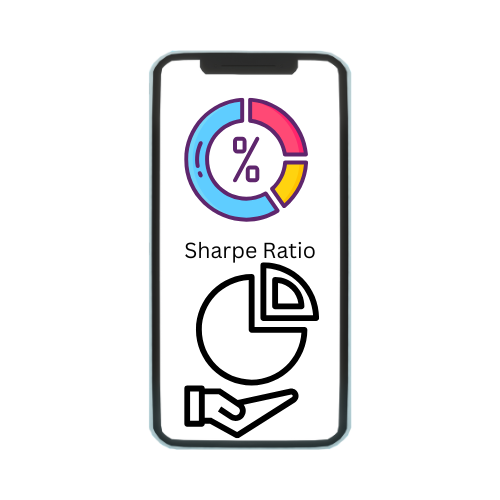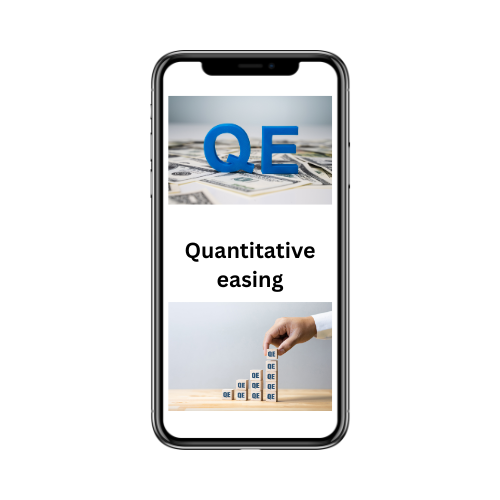What is Sharpe Ratio?
The Sharpe Ratio is a crucial metric in finance, commonly used to evaluate the risk-adjusted returns of an investment, including the performance of a mutual fund Sharpe Ratio. Investors often aim for the best Sharpe Ratio, as a good Sharpe Ratio, such as above 1, indicates efficient risk management. Understanding the Sharpe Ratio meaning helps in assessing whether high Sharpe Ratio means better returns for the risk taken, while the ideal Sharpe Ratio can vary by portfolio type. Learning to calculate Sharpe Ratio , using the formula of Sharpe Ratio , ensures accuracy when comparing investments, like evaluating the highest Sharpe Ratio portfolio or analyzing example of Sharpe Ratio performance. This metric is a powerful tool for identifying optimal investments in diverse financial landscapes.
Importance of Sharpe ratio
- Analyse the fund’s performance- The Sharpe Ratio help’s investors to shed light on a fund’s performance. By looking at Sharpe Ratio, investors can carry out the level of risk of any fund in comparison with the extra returns. It is majorly used to analyse mutual funds operations with both growth and value style.
- Study The Portfolio Diversification- With the help of the Sharpe Ratio, investors can use it as a tool to identify the need for portfolio diversification.
- Suppose, if an investor is invested in a fund with a Sharpe Ratio of 2.00, adding other funds to the portfolio would help reduce ratio and risk factors.
- Helps in Fund Comparison- Beginners have the opportunity and can compare the Sharpe Ratios of various mutual funds to analyse their risk factors and adjusted-return rates.
- Investors Can Calculate the Risk Factor- with the Sharpe Ratio, investors can easily calculate all the risk factors before investing in mutual funds. In addition, existing investors can also decide to transfer their investment if their present fund gains a low Sharpe Ratio.
- Examine The Risk and Return Rate- A fund having a higher Sharpe Ratio is considered great because it gives higher returns and higher risk. Therefore, investors looking to earn higher returns tend to opt for a fund that comes with a high ratio.
- However, it can change the equation because a fund giving 5% returns with moderate volatility is always better than a fund having 7% returns with high volatility.
How to Calculate Sharpe Ratio?
Sharpe Ratio Formula
The formula for the Sharpe Ratio is as follows:
Sharpe Ratio= Portfolio Return−Risk-Free Rate/Standard Deviation of Portfolio Returns
Where:
- Portfolio Return: The average return of the investment or portfolio.
- Risk-Free Rate: The return from a risk-free investment, such as government bonds.
- Standard Deviation: A measure of the investment’s volatility or risk.
Calculating Sharpe Ratio
Here’s how you can calculate it step by step:
- Step 1: Identify the average return of the portfolio over a specific time period (e.g., yearly, monthly).
- Step 2: Subtract the risk-free rate of return from the portfolio’s average return. This is called the excess return.
- Step 3: Measure the standard deviation of the portfolio returns over the same time period. This represents the investment’s risk.
- Step 4: Divide the excess return by the standard deviation to compute the Sharpe Ratio.
Example of how to use the Sharpe ratio
If a portfolio has an annual return of 12%, the risk-free rate is 2%, and the standard deviation of its returns is 10%, the Sharpe Ratio is:
Sharpe Ratio=12%−2%/10% =1.0
This indicates the portfolio earns 1 unit of return per unit of risk. A higher Sharpe Ratio would generally indicate a better risk-adjusted return.
What is a Good Sharpe Ratio?
The below-given table shows the indicators of the good and bad Sharpe Ratio. Investments having less than 1.00 do not generate higher investor returns.
However, investments with Sharpe Ratio between 1.00 to 3.00 are considered great Sharpe Ratio and investments above 3.000 are considered excellent Sharpe Ratio.
Sharpe Ratio | Risk Rate | Verdict |
Less than 1.00 | Very low | Poor |
1.00 – 1.99 | high | Good |
2.00 – 2.99 | high | Great |
3.00 or above | high | Excellent |
Limitations of Sharpe ratio
While the Sharpe Ratio is widely regarded as a valuable metric, it is not without its drawbacks:
- Simplistic Measure: It assumes returns follow a normal distribution and does not account for skewness or kurtosis, which could lead to inaccuracies in evaluating highly volatile investments.
- Risk-Free Rate: The choice of risk-free rate can impact the results, especially in environments with fluctuating interest rates.
- Non-Dynamic: It works best for comparing investments over a specific timeframe but may not effectively evaluate long-term or dynamic portfolios.
- Ignores Other Risks: It does not factor in risks like liquidity risk, credit risk, or market conditions beyond standard deviation.
Impact of Standard Deviation on Sharpe Ratio
Standard deviation is crucial for calculating the Sharpe Ratio as it measures the volatility or risk of an investment:
- Higher Standard Deviation: Indicates greater risk and lowers the Sharpe Ratio, implying less efficient risk-adjusted returns.
- Lower Standard Deviation: Suggests lower risk and increases the Sharpe Ratio, making the investment seem more favorable. However, standard deviation alone may not fully capture risks specific to the investment, which could lead to over-reliance on the metric.
Things to Keep in Mind When Using Sharpe Ratio
When employing the Sharpe Ratio for investment decisions:
- Compare Similar Assets: Only compare investments of similar nature to ensure meaningful analysis.
- Long-Term Perspective: Avoid basing decisions solely on short-term Sharpe Ratios, as market conditions can skew the results.
- Consider Other Metrics: Use complementary metrics like Sortino Ratio or Treynor Ratio for a more nuanced understanding of performance.
- Be Mindful of Assumptions: Understand the underlying assumptions of Sharpe Ratio to avoid misinterpretation.
Conclusion
The Sharpe Ratio is a useful tool for evaluating risk-adjusted returns and comparing investments, but it is not flawless. To make more informed decisions, it’s best to use it alongside other performance measures and to be mindful of its limitations. It serves as a valuable starting point for understanding investments but should never be the sole metric driving decisions.
Frequently Asked Questions
A Sharpe ratio of 1.5 is generally considered good as it indicates strong risk-adjusted returns.
A Sharpe ratio of 0.4 is relatively low and may signal insufficient returns compared to the risk.
A Sharpe ratio of zero means the investment returns match the risk-free rate, offering no excess return.
Yes, a negative Sharpe ratio is possible and indicates that the investment underperforms the risk-free rate.
In India, a Sharpe ratio above 1 is generally considered good, but higher is always better depending on the risk appetite.






